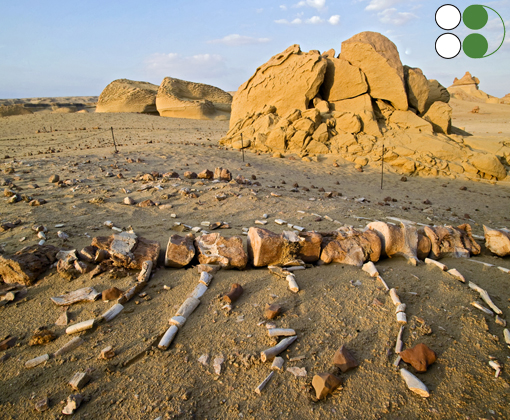PRODUCTIONS: THE THROBBING DESERT
DIRECTOR
PRODUCER
DURATION
VERSIONS
FORMAT
Marc Innaro e Sandro Vannini
Laboratoriorosso
52'


HDV

“The throbbing desert” by Marc Innaro and Sandro Vannini is the product of two months of filming spanning over ten thousand kilometers. It describes an Egypt that no tourist has ever seen, one still linked to ancient traditions and the arduous task of converting desert sand into fertile soil to harvest olives and dates. The vast expanse of Egypt’s western desert still bears the imprint of prehistoric civilizations, offering extraordinary evidence of an unbelievably rich past. It is also one of the driest places on Earth, a mysterious landscape that has yet to be fully explored. Our expedition visited the huge plateau of Gilf-el Kebir (the Great Barrier) on the border between Sudan and Libya, one of the least accessible locations in the world. It was utterly unknown until 1926, when it was made famous by the Hungarian explorer Laszlo von Almasy, and more recently by the film adaptation of Anthony Minghella’s “The English Patient.” Today, the western desert suffers considerable damage on an ongoing basis from the increasing diffusion of mass tourism, asphalt roads, and new systems of irrigation that extract water from ancient underground sources. The development of the grand project of the New Valley (Wadi el-Gedid) is slowly but forever changing the oases of Bahariya, Farafra, Dakhla and Kharga. Thousands of Egyptian farmers (or “fellahin”) have moved to the area, overlapping with the local population and altering the social system and way of life there. We encountered their effects on the delicate environmental and hydro-geological balances, particularly on the area’s fauna and on the ancient oasis villages that are now surrounded by modern outskirts of brick and concrete.


